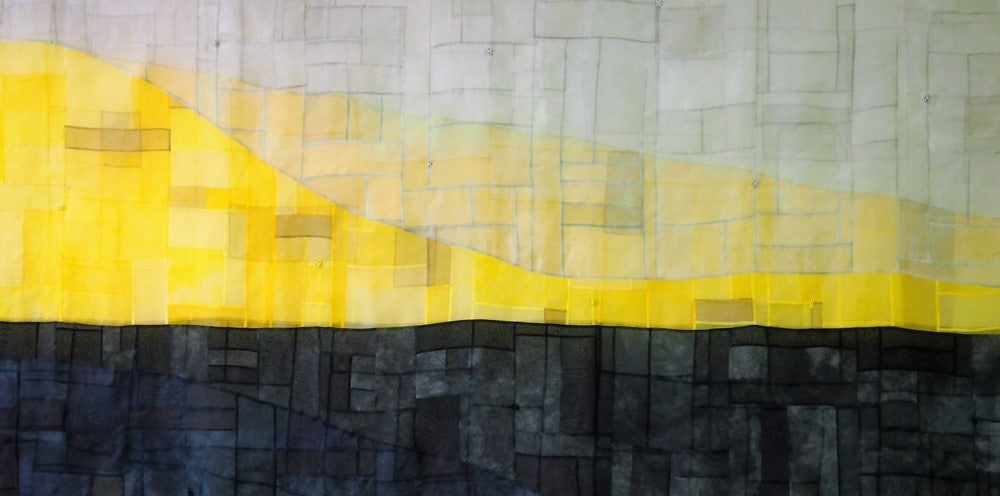
Bojagi: Korean Textile Art

Bojagi is a Korean textile technique which roughly translates as ‘covering’ or ‘wrapping cloth’. Bojagi is traditionally a square piece of cloth skillfully constructed from a variety of leftover scrap fabrics, commonly made from silk or ramie. It has played an important role in Korean culture for centuries as a tool to wrap, cover and carry items, as well as for special occasions such as religious rituals and marriages. These functional yet beautiful items were not just a means of self-expression for the maker but were used as an integral part of everyday life.
You could be mistaken for thinking some of the historical samples have taken inspiration from abstract and colourful works by artists such as Klee or Mondrian. But in fact they predate these by hundreds of years.

Textile artist Sara Cook, whose work is inspired by Bojagi history and technique, has written a new book, ‘Bojagi: Design and Techniques in Korean Textiles’, a culmination of research gathered over 10 years. Cook’s interest in the ancient practice was sparked in 2009 when she discovered the work of Chunghie Lee, a Korean textile artist and teacher, and specifically her piece No Name Woman which was displayed at the Festival of Quilts.
Cook’s work is inspired by walks in the countryside and the effect of changing light within the landscape. This concept is explored in her piece The Grey Line where she has played with colour and translucency, creating areas of light and shadow. Her use of traditional, narrow seams producing an irregular grid is very evocative of the Bojagi technique.

Guest post by Annie Sharp

1 comment
I fall in love with this textile art ..so smurt and and beatiful …thank you for this artical..